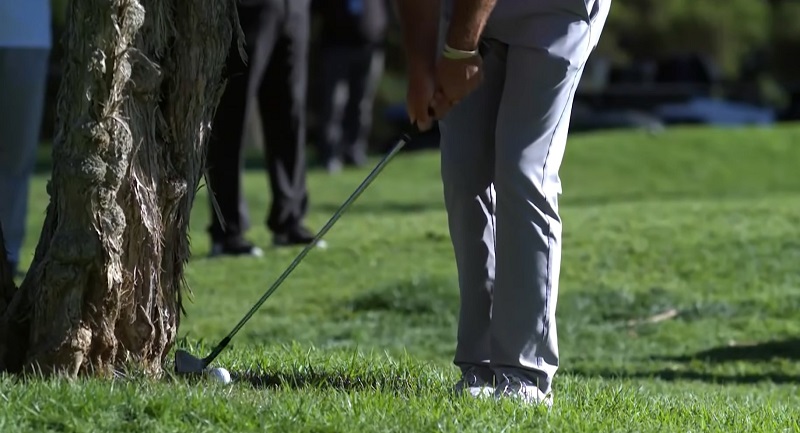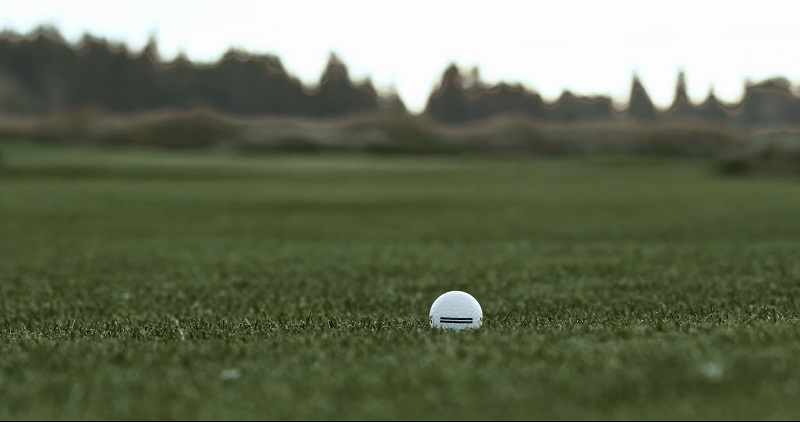What is an Albatross in Golf?
An albatross in golf is also known as a double eagle and is achieved when a player scores three under par on a single hole. This level of precision and skill sets albatrosses apart from other impressive feats in golf.
To put it into perspective, think of a golfer hitting a hole-in-one on a par-4 hole. That’s an albatross! This also means that on a par 5 hole, a player would get the ball in the hole in just two shots.
It’s quite a rare feat, with only a handful of professional golfers achieving one in their careers. So, next time you hear someone mentioning an albatross, you’ll know what they mean and the incredible level of skill required to achieve it.
Why is it Called an Albatross in Golf?

In the 19th century, slang terms often conveyed creative meanings that differed from their original connotations. For instance, the word ‘bird’ describes something excellent or commendable. The slang caught on, and soon the term ‘eagle’ was coined to describe a score that was one better than a ‘birdie.’ This term became a common way to describe a particularly outstanding golf shot.
Another bird-related term that gained popularity was ‘albatross,’ which referred to a score that was two better than a ‘birdie.’ It’s fascinating how language evolves, with new words and meanings emerging from unexpected places.
What are the Odds of Making an Albatross?
The odds of making an albatross are said to be approximately 6 million to 1! That’s right, you have a better chance of being struck by lightning, winning the lottery, or even becoming a professional golfer than hitting an albatross.
It’s no wonder golfers worldwide pour hours into perfecting their swing, all for that one-in-a-million chance of making an albatross.
How Rare is An Albatross in Golf?
Scoring an albatross in golf is the ultimate feat for any player – it’s incredibly rare and difficult to achieve. Even more impressive than scoring a hole-in-one, only a few players have accomplished this elusive score. Legends such as Nicolas Thompson, Jack Nicklaus, and Gene Sarazen are among the few who have managed to sink their second shot on a par-5 hole.
The reason for its rarity is understandable; hitting a second shot from over 200 yards away and landing it precisely in the hole takes great skill and some element of luck. Those who manage to score an albatross can take pride in knowing they achieved something that few other golfers ever will.


